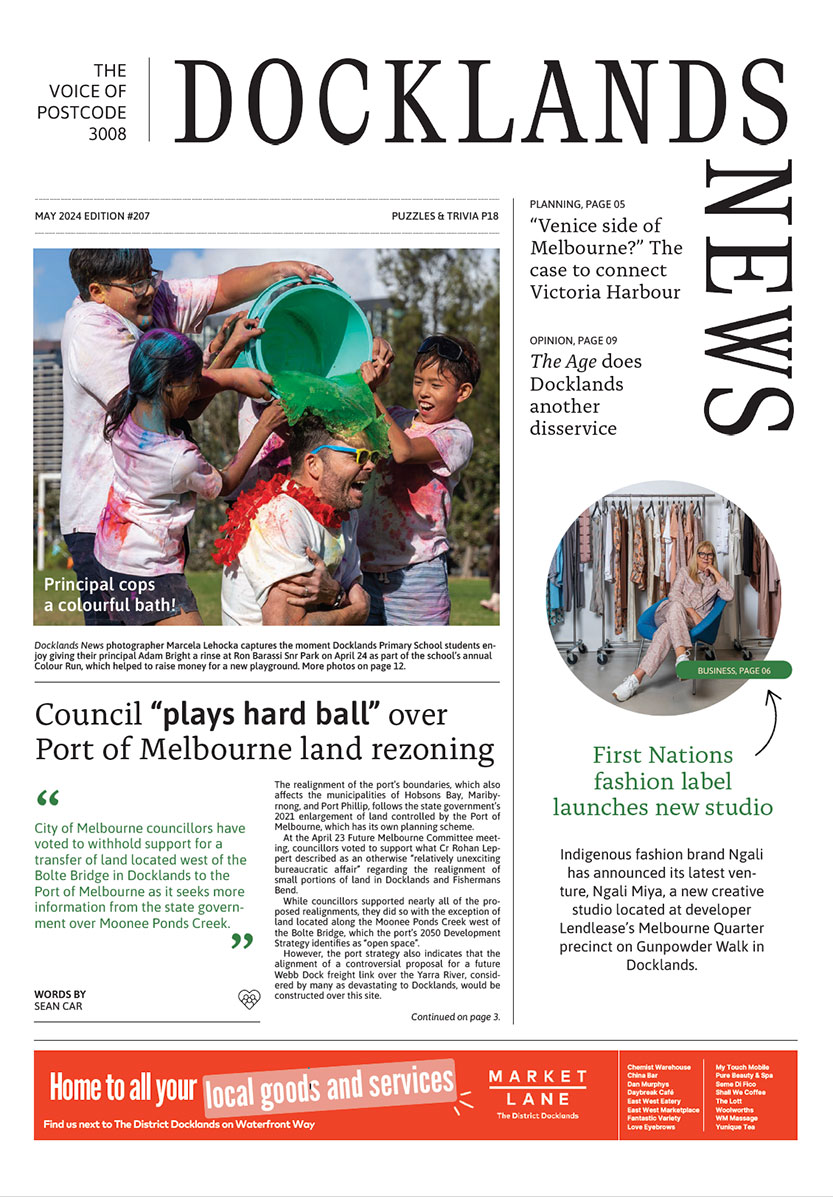Teleconnection
In Docklands, we might be comforted by the thought that we have a lower environmental impact as a consequence of living in smaller dwellings compared with other residences within the greater city of Melbourne.
New research published by Nature: Climate Change earlier this year found that the energy used to heat buildings/apartments and drive cars in cities during winter could be influencing the weather patterns of regions thousands of kilometres away. Specifically, the study found that the energy used in cities during winter causes increases of temperature by as much as 1 degree Celsius in remote regions.
This might sound incomprehensible. However, this phenomenon is commonly referred to as “teleconnection” by climate scientists. Teleconnection is where the climate of one region influences the climate of another region that it is geographically far apart from.
Melburnians have observed this phenomenon for a long time. The weather event of increased ocean temperatures in the central to eastern Pacific Ocean region is called El Nino. El Nino, though occurring far away, has been a contributing factor to some of the devastating drought that has been observed since the end of the 20th century in mostly the eastern parts of Australia.
El Nino and the heating of cities during winter have similar mechanics. Each event influences the atmospheric pressure and air circulation of the region, which has an impact on regions thousands of kilometres away.
The take-home message here is this: as we are approaching winter, think twice before reaching out to turn on the heater. Though Docklands and other Australian inner city dwellings weren’t implicated in the research, turning your heater down in winter can have a dual benefit: lower electricity bills and a reduced environmental impact locally and potentially abroad.
David Sibenaler is a Docklands resident and science communicator.

Meet Lucas Guilbert




 Download the Latest Edition
Download the Latest Edition
